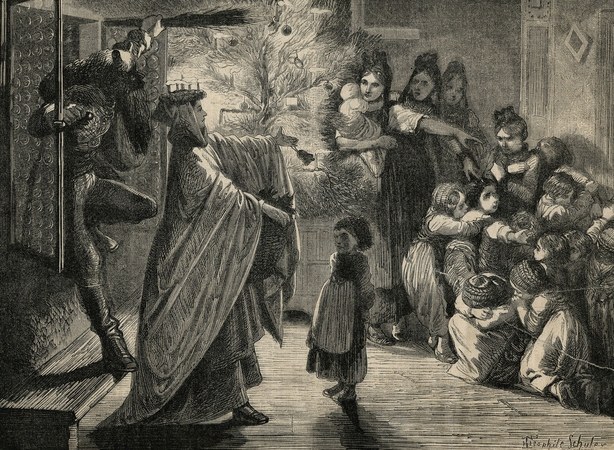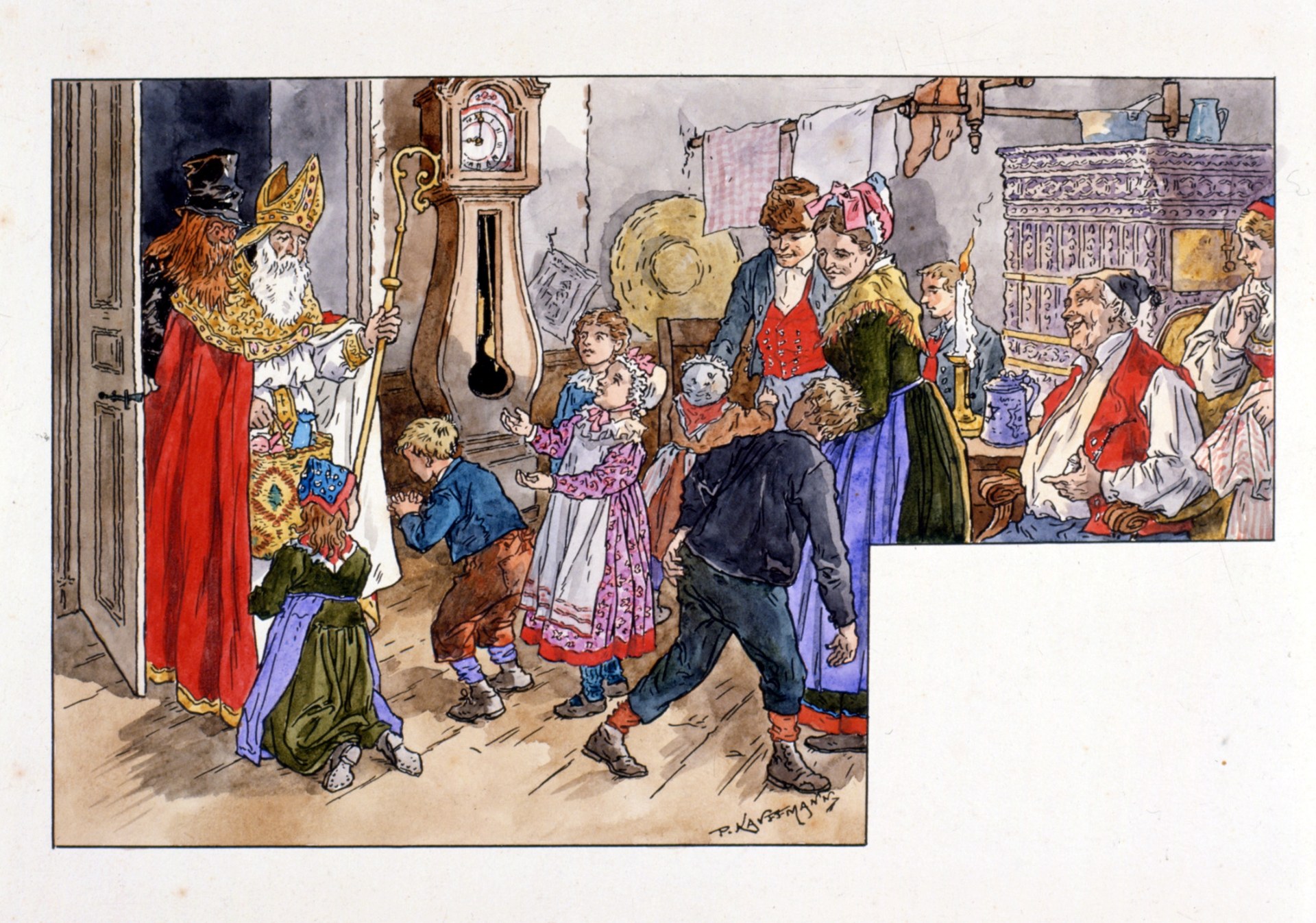Culture et traditions : intro
Discover Christmas in Alsace: immerse yourself in the history, legends, recipes and traditional symbols that make this time of year so special!
The characters
Christmas in Alsace: Culture and Traditions
The Christkindelsmärik
The Christkindelsmärik, or "market of the Christ child" in Alsatian dialect, is the name given to the traditional Christmas market in Strasbourg. Dating back to 1570, it is one of the oldest in Europe and was long the only one in France.
Let's journey back in time and be captivated by photos and archival documents that showcase the Christkindelsmärik through the ages.
In 1871, this iconic event in Strasbourg, the Capital of Christmas, took its place on Broglie Square and has since remained the heart and soul of the Christmas market.
To learn all about "the market of the Christ child," visit the dedicated exhibition and make a detour to the Town Hall in the center of Broglie Square. For the second year, the scenography highlights the characters from the history of the Christkindelsmärik (Saint Nicholas, Christkindelsmärik, Peckersel, Hanstrapp).
In the Middle Ages, the Saint Nicholas market was held around December 6th but was banned following the Reformation, which discouraged the veneration of saints. Thus, starting in 1570 and under a different name, the Christkindelsmärik evolved in terms of both locations and dates, gradually adding more diverse stalls. The Christkindelsmärik, also known as the market of the Christ child, merged with a Christmas fair that opened on December 26th, Saint Stephen's Day, in the second half of the 19th century. Consequently, Strasbourg's Christmas market extended from Advent through January, eventually leading to Strasbourg becoming the Capital of Christmas as we know it today. Today, just like in the past, you can find toys, sweet and savory delights, craftsmanship, and Christmas trees at one of the oldest Christmas markets in Europe.
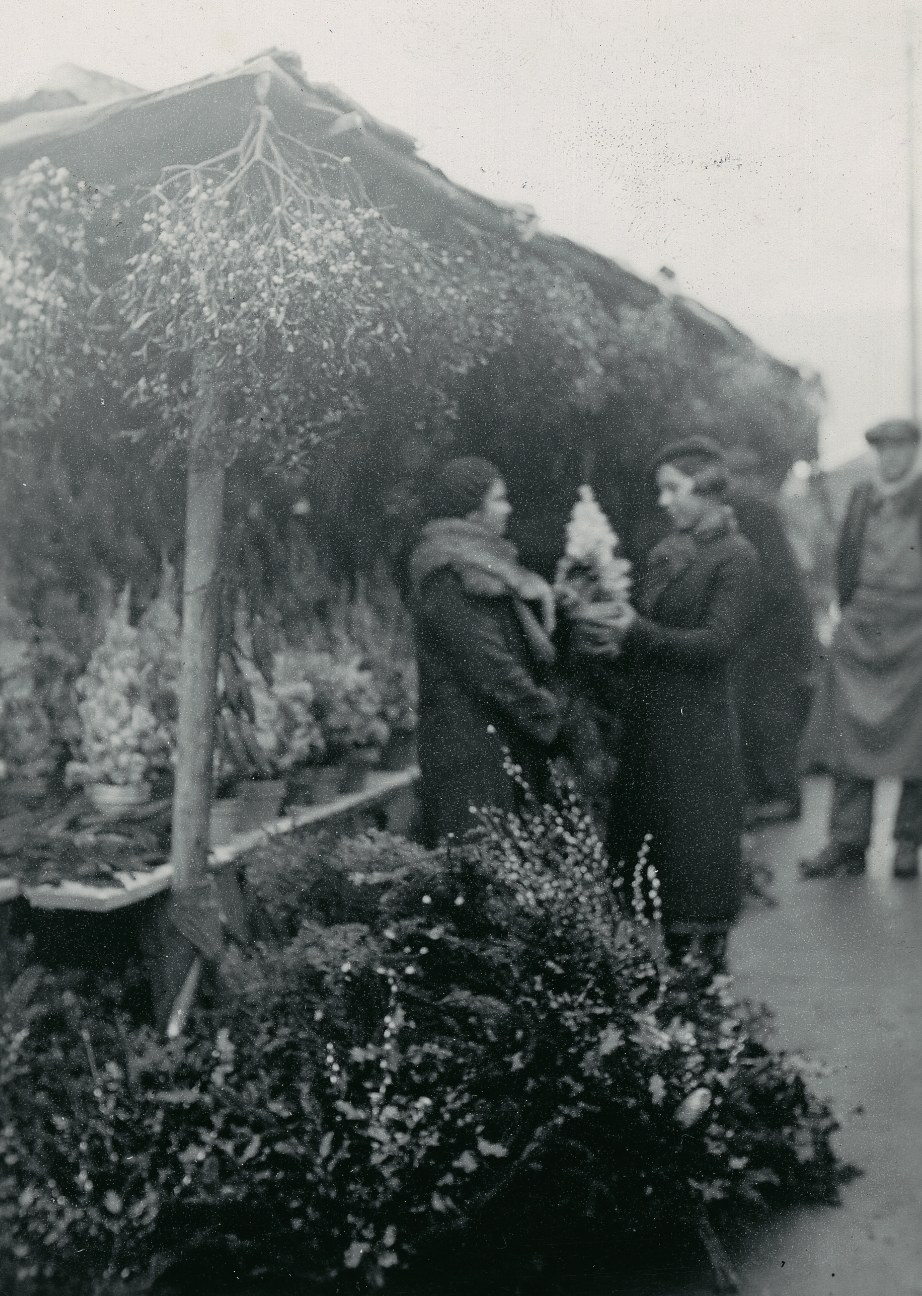
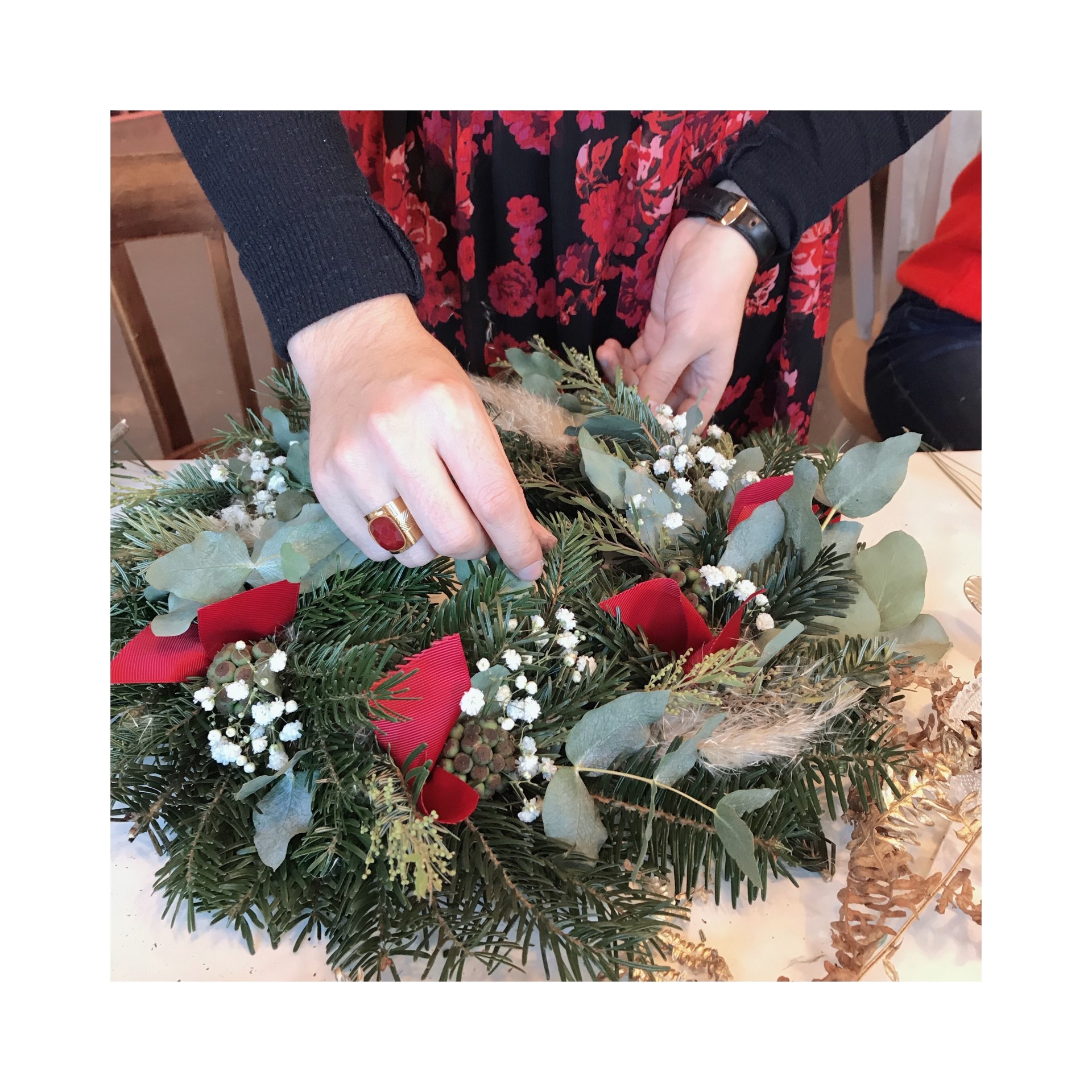
The Advent Wreath
Tradition dictates that a candle be lit on each of the four Sundays preceding Christmas. A small decoration made of branches and candles would then be placed in every Alsatian home: the Advent wreath. Originating in Protestant Germany, it dates back to the 1830s. It wasn't until 1894 that the four-candle wreath was first mentioned in Alsace. The tradition continues, and on each Advent Sunday, many Alsatian households light an additional candle on their wreath. The symbolism surrounding the wreath is both religious and popular: the four candles are said to represent the 4,000 years of waiting for the Messiah, but in the collective imagination, their brightness embodies the victory of light over darkness and the return of spring.
The Nativity Scene
A reenactment of the Nativity, the origin of the Nativity scene dates back to the Middle Ages, and its use in Alsace dates to the 12th century. Initially placed in churches, Nativity scenes found their way into Catholic homes in the 19th century and later into Protestant homes, although some initially viewed the practice as superstitious. Alsatian tradition dictates that the figurine of Jesus should only be placed in the Nativity scene on Christmas Eve and that the Nativity scene should only be put away after February 2nd, Candlemas Day.
In Alsace, during the Advent period, many churches present various Nativity scenes created by different artists. Whether they are made of wood, life-sized, painted, or even plastic, Nativity scenes today come in various forms, sometimes allowing for artistic creativity. Chalets offering figurines that transport you into the heart of Christmas traditions are also worth exploring.

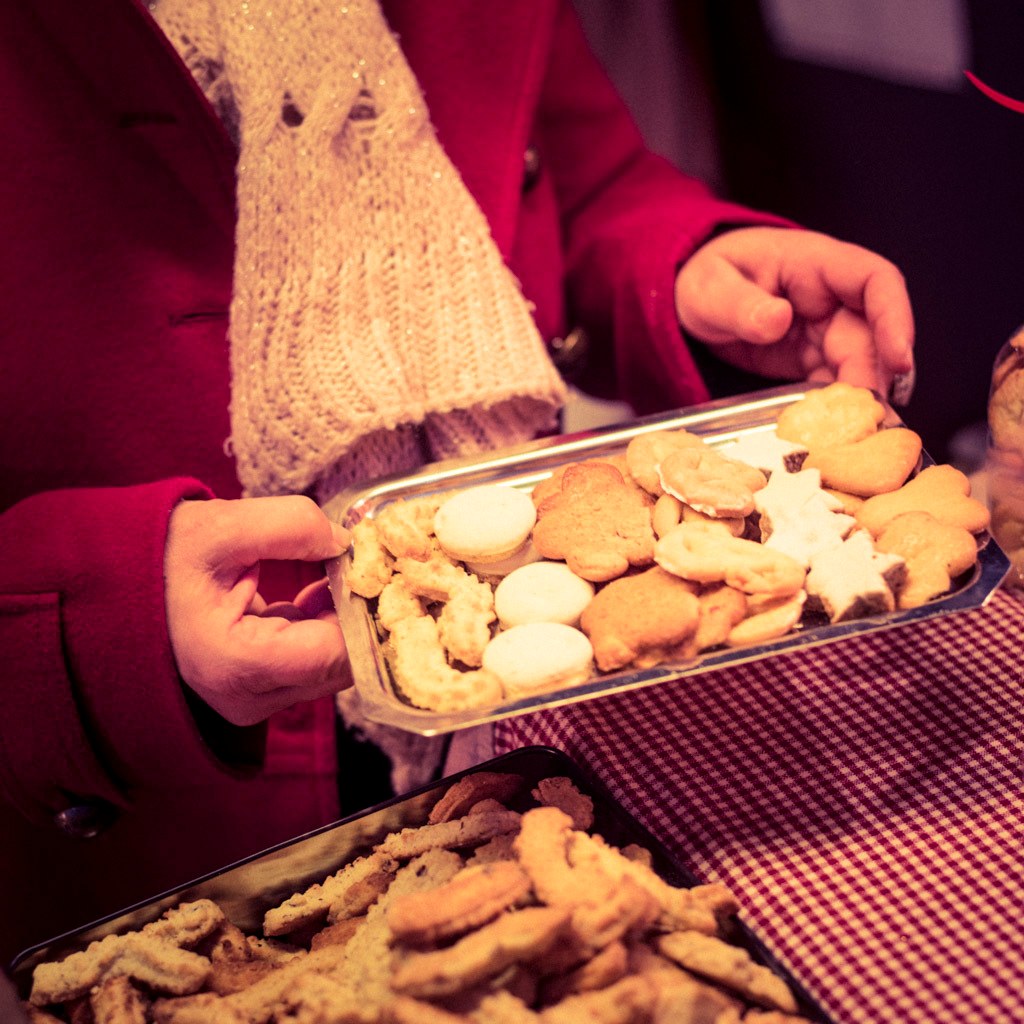
Eating and Drinking at Christmas: Bredle, Gingerbread, and Glühwein
A visual and gustatory delight, bredle, small cookies typically cut out with cookie cutters before baking, are a Christmas staple. Alsatians enjoy preparing them during the Advent period and then giving them to their loved ones. There are many recipes with various flavors, including butterbredele and cinnamon zimtsterne.
Gingerbread, another Advent treat, was first mentioned in Strasbourg in 1412 after it traveled through Europe. Precious gingerbread, made from rare ingredients such as honey and spices, was distributed to children on Saint Nicholas Day or at Christmas starting in the 16th century. Over time, it was covered with icing imitating the patterns of the molds of the time.
Discover many other culinary traditions that Alsace has to offer at the markets; the tasting adventure is just beginning!
You can prepare Alsatian delights at home by following the recipes.Saint Nicholas
Every December 6th, since the Middle Ages, little Alsatian children receive a visit from Saint Nicholas and the père Fouettard (whipping father). The veneration of Saint Nicholas, the bishop of Myra in Asia Minor, has been recognized in Alsace since the 11th century. In Alsatian dialect, he is called Nikläus and is accompanied by the frightening character of Hàns Tràpp, whose role is to punish naughty children. The patron saint of schoolchildren distributes small treats to children, such as clementines, gingerbread, or mannele.
A true culinary tradition of Saint Nicholas, mannele is a small bun shaped like a little man, representing a legend that tells of Saint Nicholas saving children from the hands of a terrifying butcher. Nowadays, these delights can be enjoyed throughout the Advent period in Alsace.
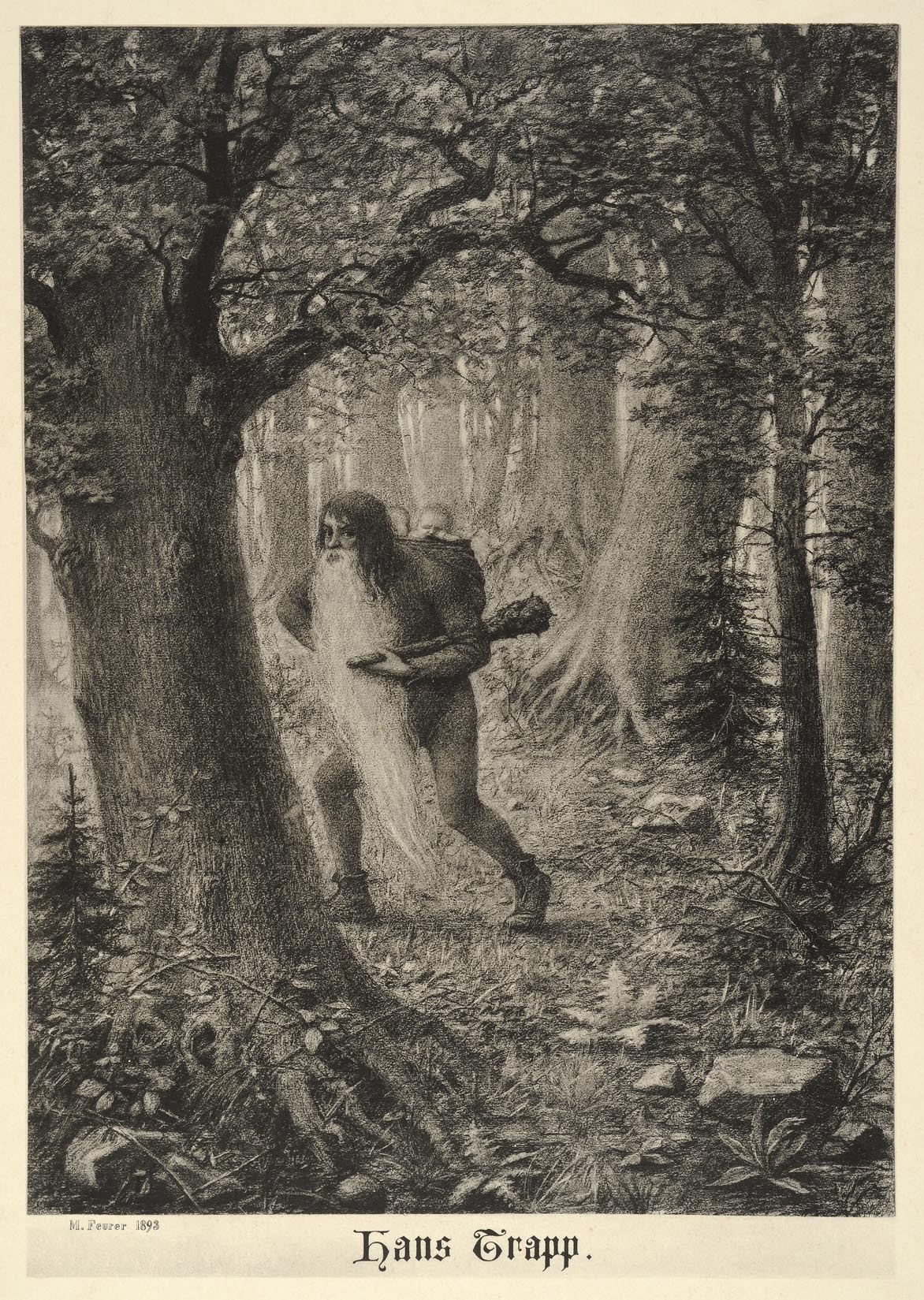
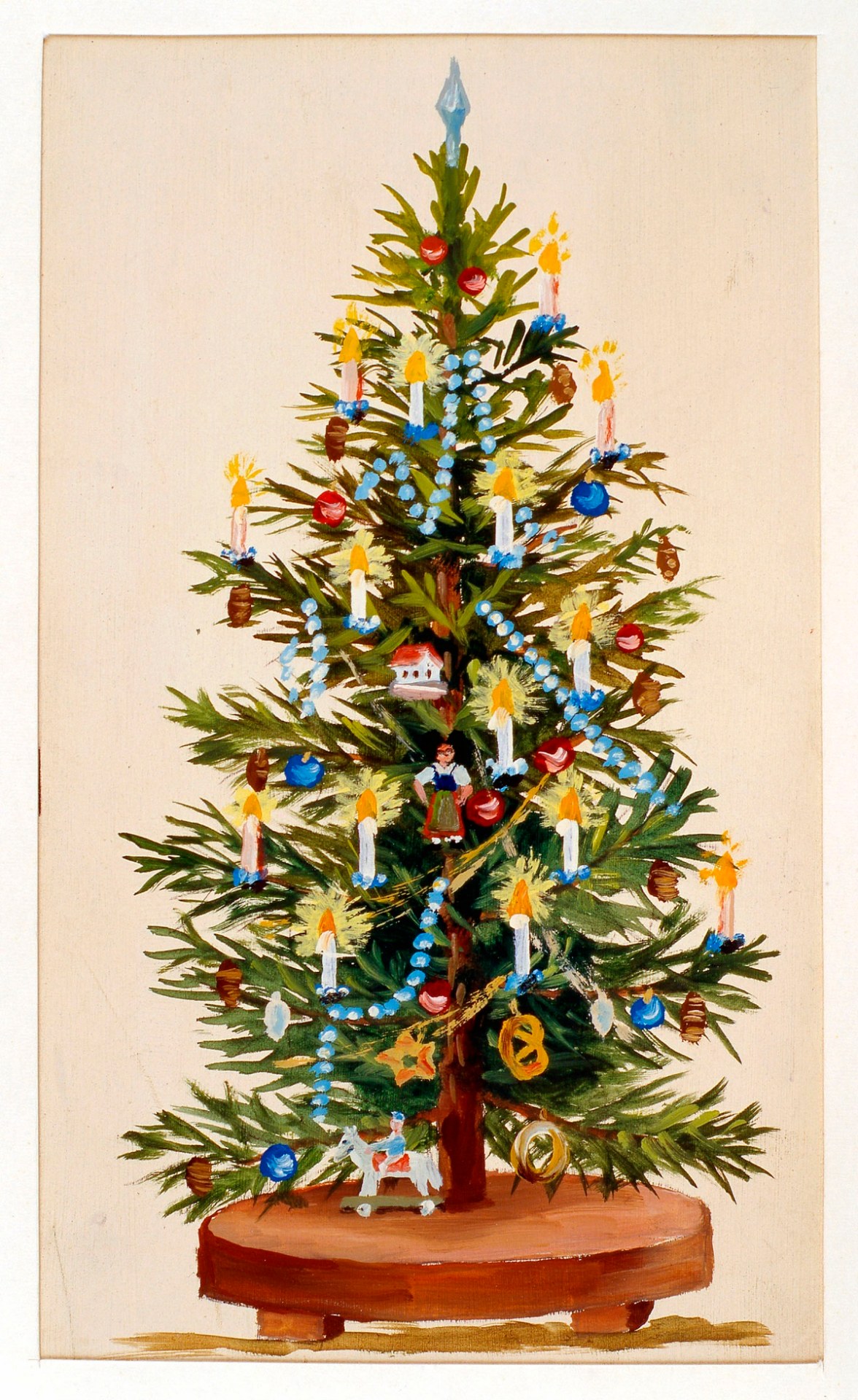
The Christmas Tree and Its Traditional Decorations
Choosing a Christmas tree, bringing it home, and decorating it is a ritual that many Alsatians adhere to every year before Christmas Eve. However, the tree has not always been adorned with electric lights and multicolored balls. Dive into the history of a tree from the past!
For the first time in 1492, the archives of the Strasbourg Cathedral mentioned the purchase of nine fir trees by parishes for the new year, which began on December 25th. Subsequently, the tradition of the Christmas tree spread in Alsace and in German-speaking countries, as well as in Central Europe. It represented the image of the light that illuminates the long winter nights or the religious symbol of the forbidden fruit in medieval times when it was adorned with apples.
Starting in the 18th century, trees were hung from the ceilings in homes to prevent edible decorations from being eaten by rodents or even... children! Decorations included unconsecrated hosts and gradually bredle, nuts, or apples. In 1858, due to a shortage of apples following a drought, the glassblowers of Meisenthal created blown glass balls. This is how the Christmas ball was born! The beautiful trees of the past also featured candles, later replaced by string lights. The Alsatian Christmas tree has conquered the world and hearts; decorate it with love. We invite you to admire the "Grand sapin", the essential tall tree adorned for the holiday season, a true symbol of Strasbourg's Christmas.
- For more information about the Grand sapin, visit this page.
- Continue your discovery of Alsatian cultureat the Alsatian Museum
- and the Historical Museum. Thanks to the City of Strasbourg Museums for their contribution.
